I am simulating in LTSpice a switched-mode power supply (LT3845) at a frequency of 150kHz. I am measuring the loop gain at the feedback node according to this article.
The way I understand it, the simulated loop gain is only meaningful up to around ~1/10 of the converter switching frequency. Any frequencies higher than that and the converter can't react fast enough and the waveforms stop behaving in the linear region (cosine in, cosine out). Intuitively this says to me that the converter should be inherently stable from this point onwards to higher frequencies because it shouldn't be possible to be driven to instability when the converter itself cannot react to the speed of the disturbance (and instead settles for the average).
But then I look to a number of papers/articles that appear to measure real hardware loop gains using network analyzers into the MHz range. Why? I would expect the data to be meaningless above a certain point.
Edit: I did find one paper here that suggest I am approximately correct, see pg. 33.
